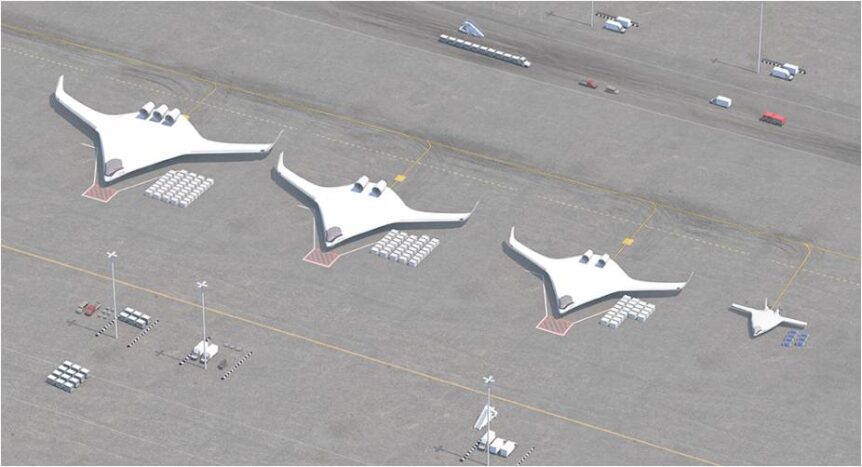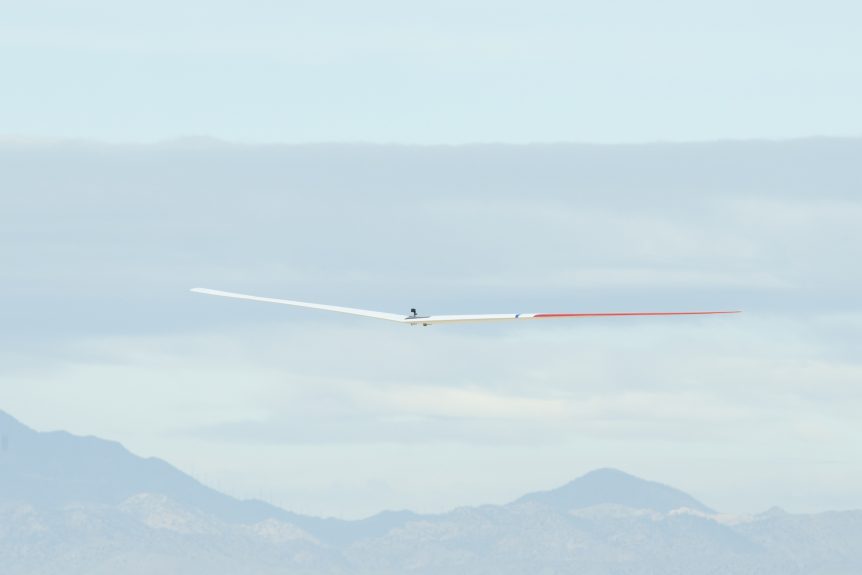ZeroAvia, maker of hydrogen-Electric powerplants for zero-emission aviation, has been selected to partner with Natilus, “a leading innovator in designing and developing new autonomous blended-wing-body (BWB) cargo aircraft.” Kona, smallest of the pack, will carry a 3.8-ton (7,600-pound), while Natilus’ web site shows three additional BWBs, jumping to 60, 100, and 130 tons cargo-carrying capacity and maximum takeoff weights of up to nearly a million pounds. For a fact sheet on all the designs, click here. As an option to conventional turboprops, two ZeroAvia’s ZA600s producing 600 kilowatts (804 horsepower) each will power Kona, with its 26-meter (85-foot) wingspan capable of carrying its load 900 nautical miles (1,667 kilometers) at a cruising speed of 220 knots (407 kilometers) per hour. Natilus claims its range of BWB’s will 60-percent more cargo volume than traditional aircraft for the same weight giving 60-percent lower total cost of operations and 50-percent lower CO2 emissions. In terms of operating costs, Natilus’ largest craft come in …
Al Bowers and the Bell-Shaped Curve
Al Bowers has promoted a different kind of lift distribution curve for wings in his talks at the Experimental Soaring Association’s Western workshop, held every Labor Day weekend at Mountain Valley Airport in Tehachapi, California. Most aerodynamics textbooks model the elliptical lift distribution as an ideal to be achieved in wing design. R. J. Mitchell, designer of the classic Spitfire fighter, incorporated an elliptical planform, which serendipitously allowed room for the Browning machine guns in the capacious inboard sections. What could be wrong with that when the finest sailplanes exploit that same theory in their slender spans? Albion Bowers is retiring Chief Scientist at NASA Armstrong Flight Research Center, Edwards Air Force Base. His experiments with an alternative way of spreading the lift across a wing have inspired several large models of how a wing with a bell-shaped lift distribution curve might appear – and perform. Two years ago, he and Erich Chase, a well-known builder of high-end boats, brought …


